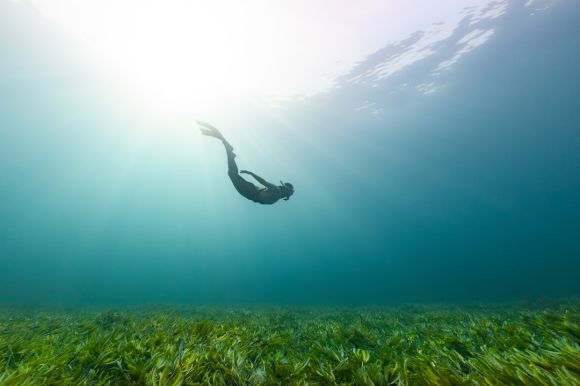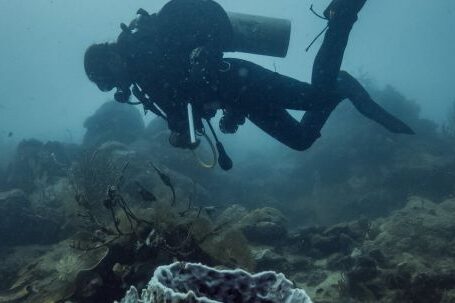Diving in strong currents can be a thrilling and exhilarating experience, but it also requires a certain set of skills to ensure safety and enjoyment. Whether you are a beginner or an experienced diver, mastering these essential skills will enhance your ability to navigate and explore underwater environments with strong currents.
1. Buoyancy Control: The Key to Success
One of the most important skills for diving in strong currents is mastering buoyancy control. Maintaining proper buoyancy allows you to conserve energy and move effortlessly through the water, even in the face of strong currents. Practice controlling your buoyancy through proper weighting and breath control. Remember to make small adjustments to your buoyancy throughout the dive to adapt to changes in the current.
2. Streamlining: Reducing Drag for Efficiency
In strong currents, drag can be a significant challenge. Streamlining your body and equipment is crucial for reducing drag and maintaining control underwater. Keep your body as horizontal as possible, with your arms and legs close to your body. Streamline your equipment by tucking in loose hoses and securing dangling gear. By reducing drag, you will be able to move more efficiently through the water and resist the pull of the current.
3. Navigation Techniques: Staying on Course
Navigating in strong currents requires a combination of skills and techniques. Before the dive, familiarize yourself with the dive site and the direction of the current. Use visual landmarks, such as rocks or corals, to help you maintain your bearing. If available, use a compass or underwater navigation tools to assist you in staying on course. Additionally, consider using a surface marker buoy (SMB) to signal your position to your dive buddy or boat.
4. Communication: The Lifeline Underwater
Effective communication is essential when diving in strong currents. Establish clear and concise hand signals with your dive buddy before the dive. Use signals to indicate changes in direction, communicate when you need assistance, and alert your buddy to potential hazards. Maintaining constant communication ensures that you and your dive buddy can stay connected and respond quickly to any challenges that may arise.
5. Proper Equipment Selection: Gear for Strong Currents
Choosing the right equipment is crucial for diving in strong currents. Opt for a low-profile and hydrodynamic dive gear setup to minimize drag. Consider using a reef hook or a line reel to anchor yourself to a secure point when necessary. Additionally, a powerful dive torch can help you navigate and communicate more effectively in low visibility conditions. Always ensure that your equipment is well-maintained and functioning properly before each dive.
6. Emergency Procedures: Be Prepared
Even with the best skills and equipment, it is important to be prepared for emergencies when diving in strong currents. Have a clear understanding of emergency procedures, such as how to perform an emergency ascent or safety stop in a current. Practice these procedures regularly to ensure that you can execute them confidently and efficiently if the need arises. Additionally, always dive with a buddy and maintain situational awareness to prevent potential emergencies.
Conclusion: Mastering the Art of Diving in Strong Currents
Diving in strong currents can be a challenging yet rewarding experience. By mastering these essential skills, you will be better equipped to navigate and explore underwater environments with confidence and ease. Remember to practice these skills regularly, seek guidance from experienced divers, and continue to expand your knowledge and expertise. With time and practice, you will become a proficient diver capable of handling strong currents with grace and skill.





